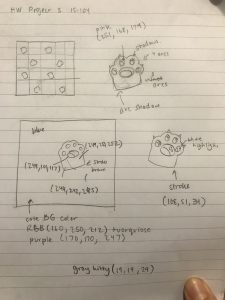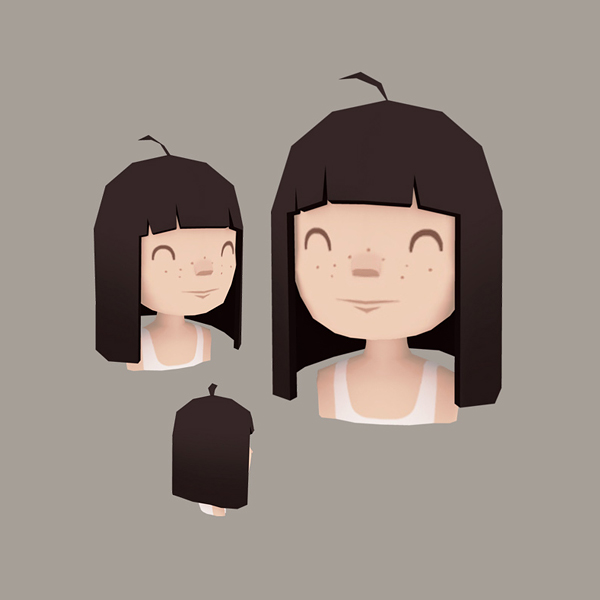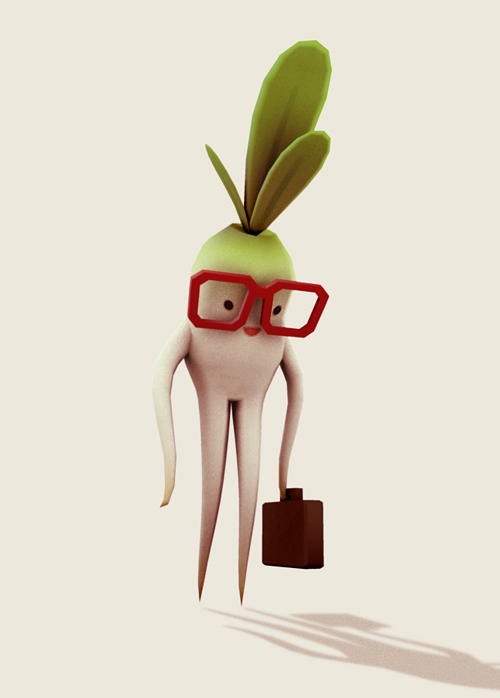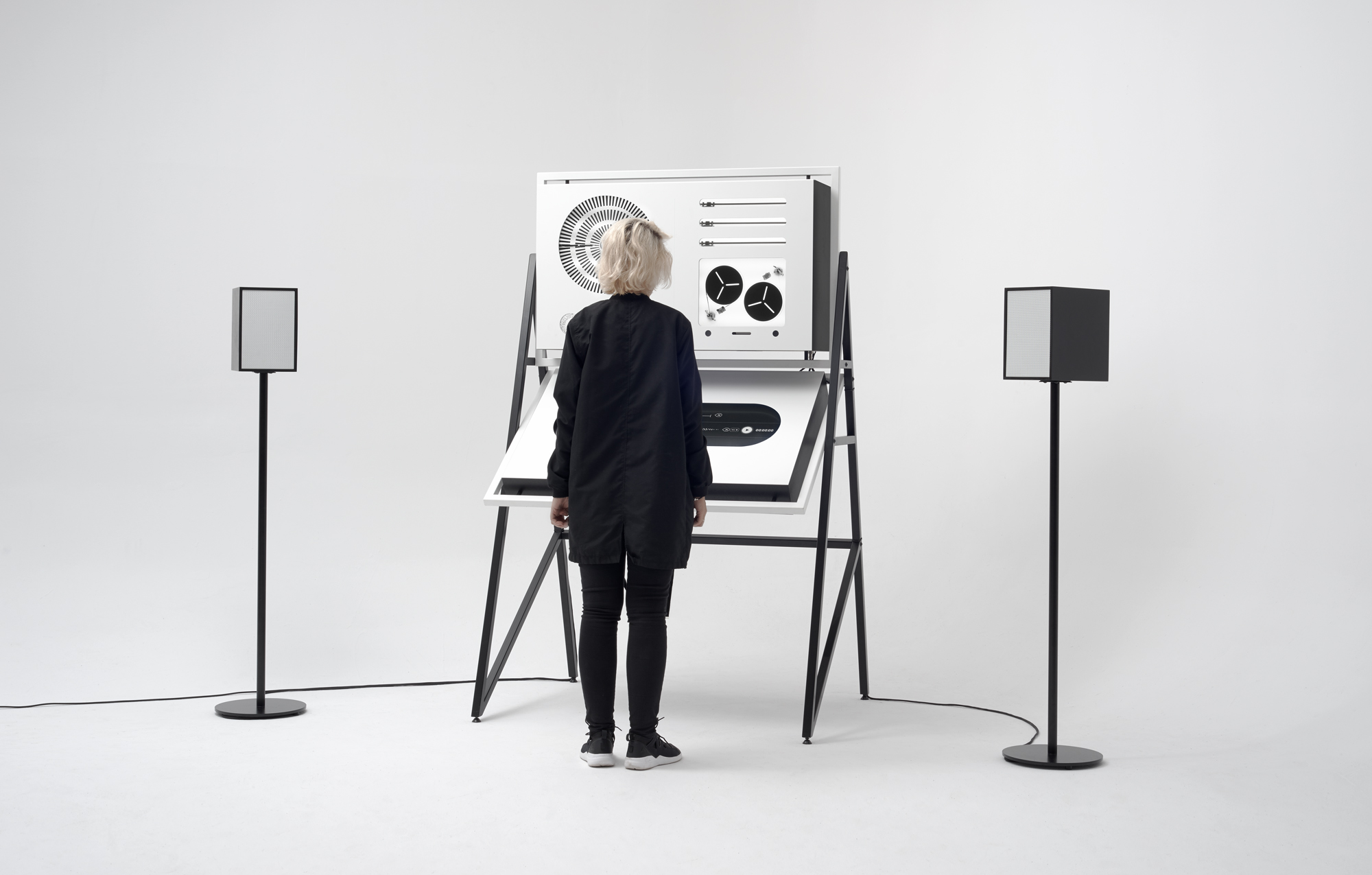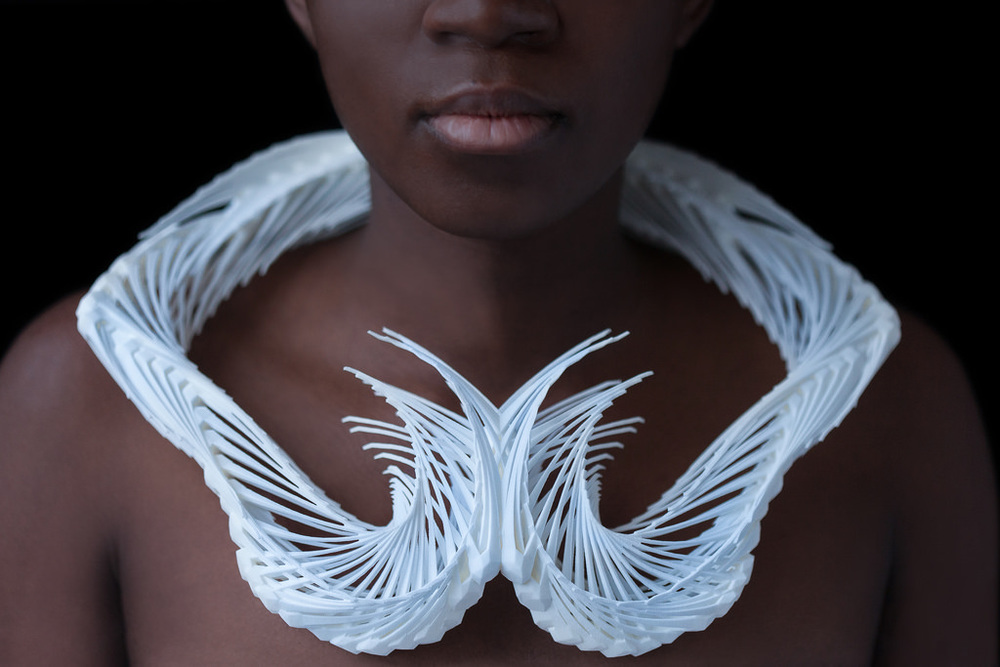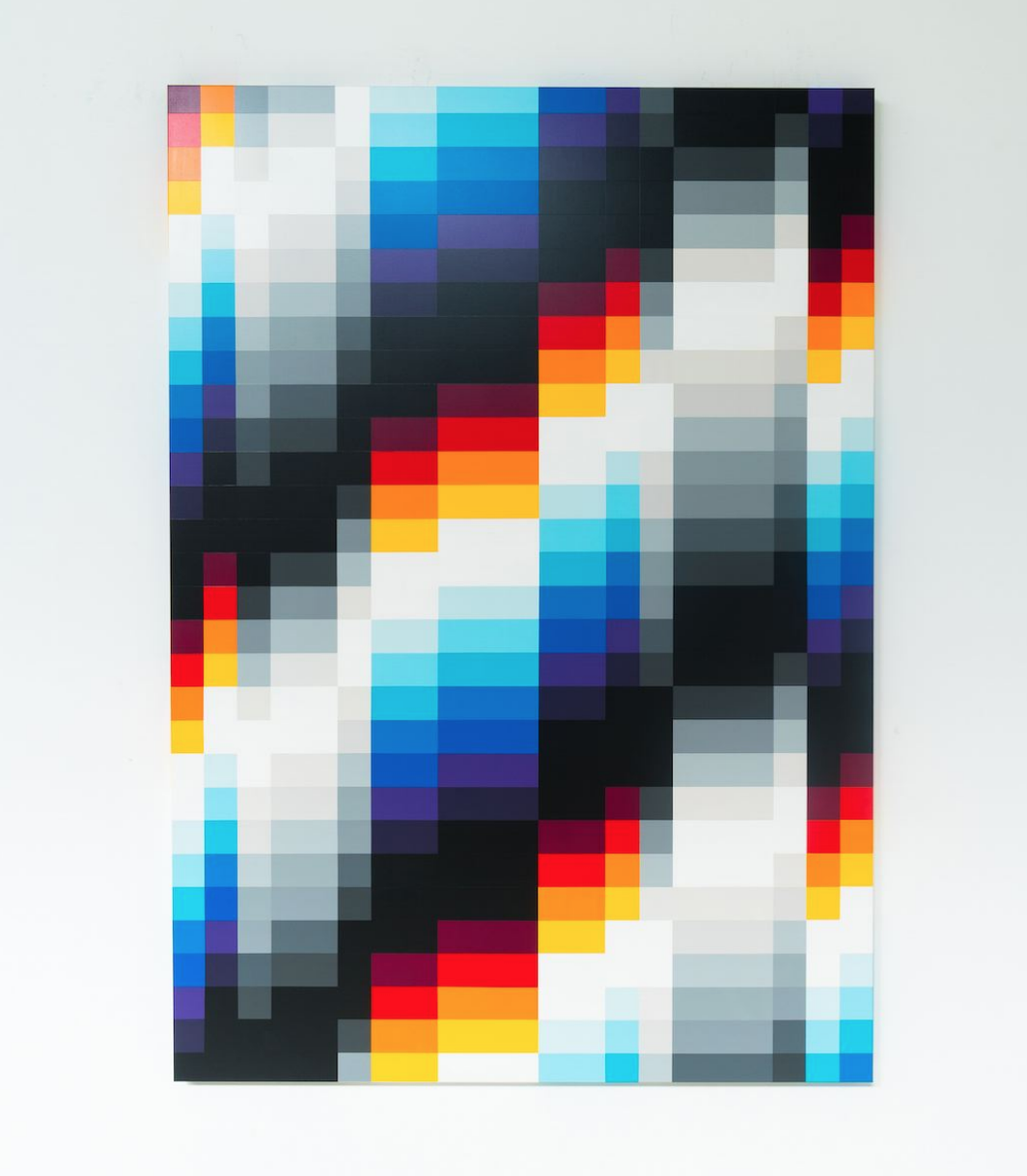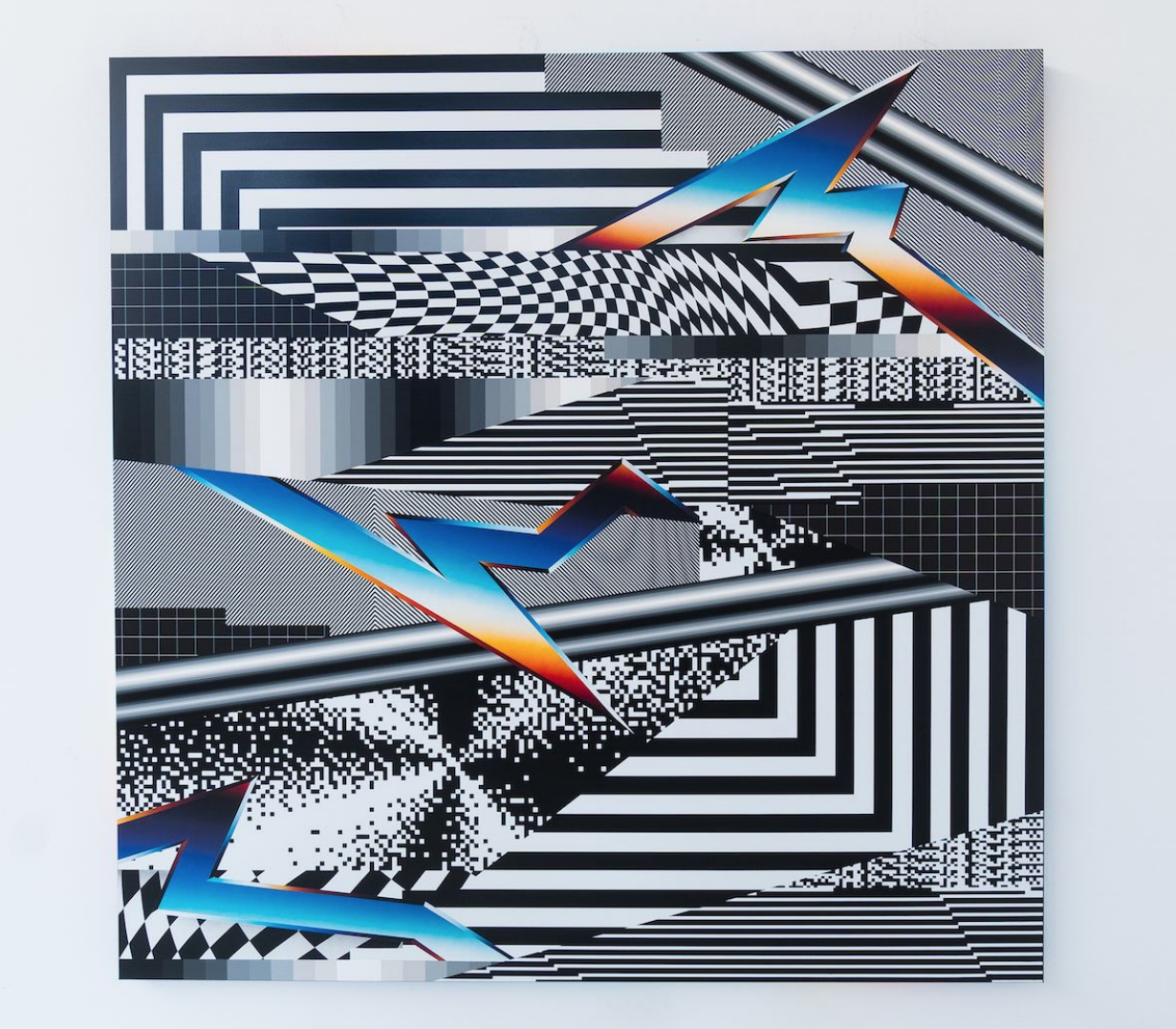


Holger Lippmann is a Processing artist. He created GENERATIVE FLOWERS by first experimenting with a branching system in p5. After fine tuning many little values here and there, adding randomness to angles, distribution and color arrays, he published a first work series “nebelwald”, simulating trees. Then he added leaves/flowers to the bare branches. He found using basic geometric forms produced the more satisfying output.
For Depth Matrix, Holger used an algorithm which generates color map dependent diverticulum like reliefs formed out of different pixel layers within a 3 dimensional environment. This software works with different keyboard input values to compose a rather painting like image out of different color maps. Color values of these map arrays are called by random, noise and/or manual order.
I admire Holger’s work because he clearly has a mastery of techniques a traditional artist has: color, composition, and design. I admire how Lippmann can use his understanding of mathematics and illustrative design skill to create such beautiful, captivating artwork that leaves the viewer wondering about its underlying code/foundation.
![[OLD FALL 2018] 15-104 • Introduction to Computing for Creative Practice](https://courses.ideate.cmu.edu/15-104/f2018/wp-content/uploads/2020/08/stop-banner.png)
